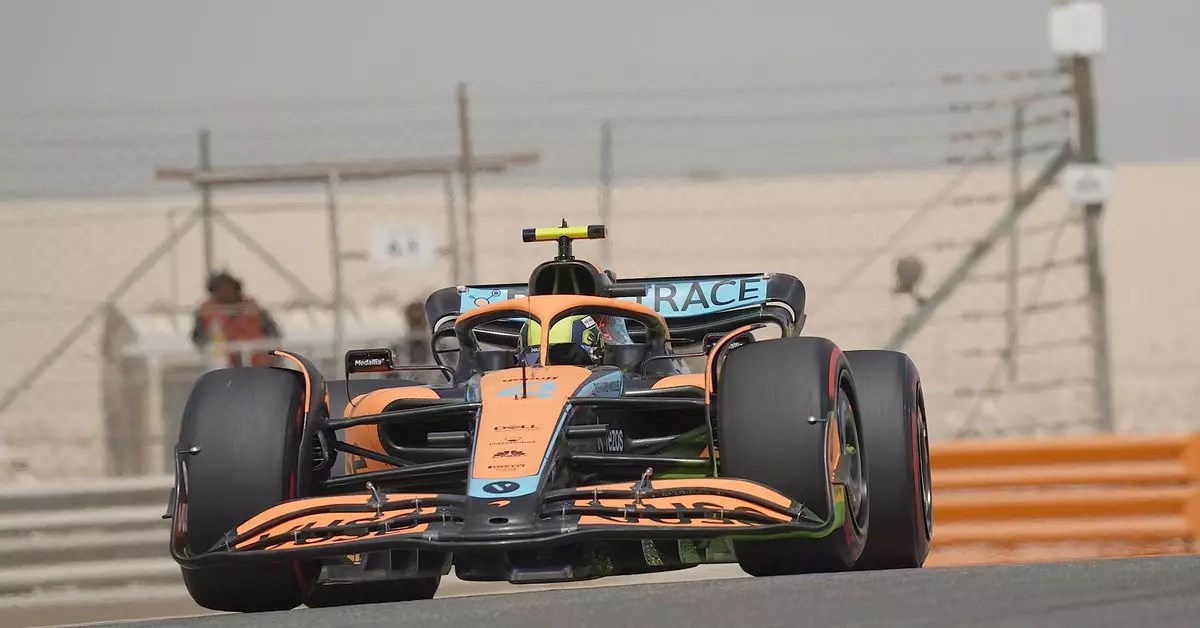Formula 1 has always been at the forefront of innovation when it comes to broadcasting technology. One of the latest additions to their arsenal is the gyro camera system mounted above the helmet of race drivers. This system has generated a mixed response from fans and experts alike, with some praising its ability to enhance the viewing experience, while others have raised concerns about its potential drawbacks.
Many Formula 1 fans have praised the broadcasts from Lando Norris’ car, which was equipped with the gyro camera during the Dutch Grand Prix qualifiers at Circuit Zandvoort. They have noted that the camera provides a unique perspective that allows viewers to better appreciate the banking of turns on the track. This innovative technology has been lauded for its ability to showcase the high-speed maneuvers of the drivers in a way that was not possible before.
However, not everyone is sold on the gyro camera system. Some fans have expressed worries that the camera could distort the perception of speed, making the cars appear slower than they actually are. There are also concerns about the potential for motion sickness among viewers, particularly during intense racing scenes. These criticisms highlight the need for further testing and refinement of the technology to address these issues.
Despite the mixed feedback, Formula 1 remains committed to utilizing the gyro camera system in future races. Dino Leone, Formula 1’s head of onboard camera operations, has emphasized the flexibility of the camera system, allowing for adjustments to be made in real-time to enhance or reduce the gyroscopic effect. The camera has already been used in select races in 2023, such as in Brazil and Japan, and the sport plans to incorporate it more frequently in the upcoming seasons.
The introduction of gyro cameras in Formula 1 broadcasts has sparked a debate within the racing community. While some see it as a revolutionary tool that elevates the viewing experience, others have raised valid concerns about its impact on speed perception and motion sickness. As Formula 1 continues to push the boundaries of technology in broadcasting, it is essential for the sport to listen to feedback and make necessary adjustments to ensure that fans can fully enjoy the thrill of high-speed racing.


Leave a Reply